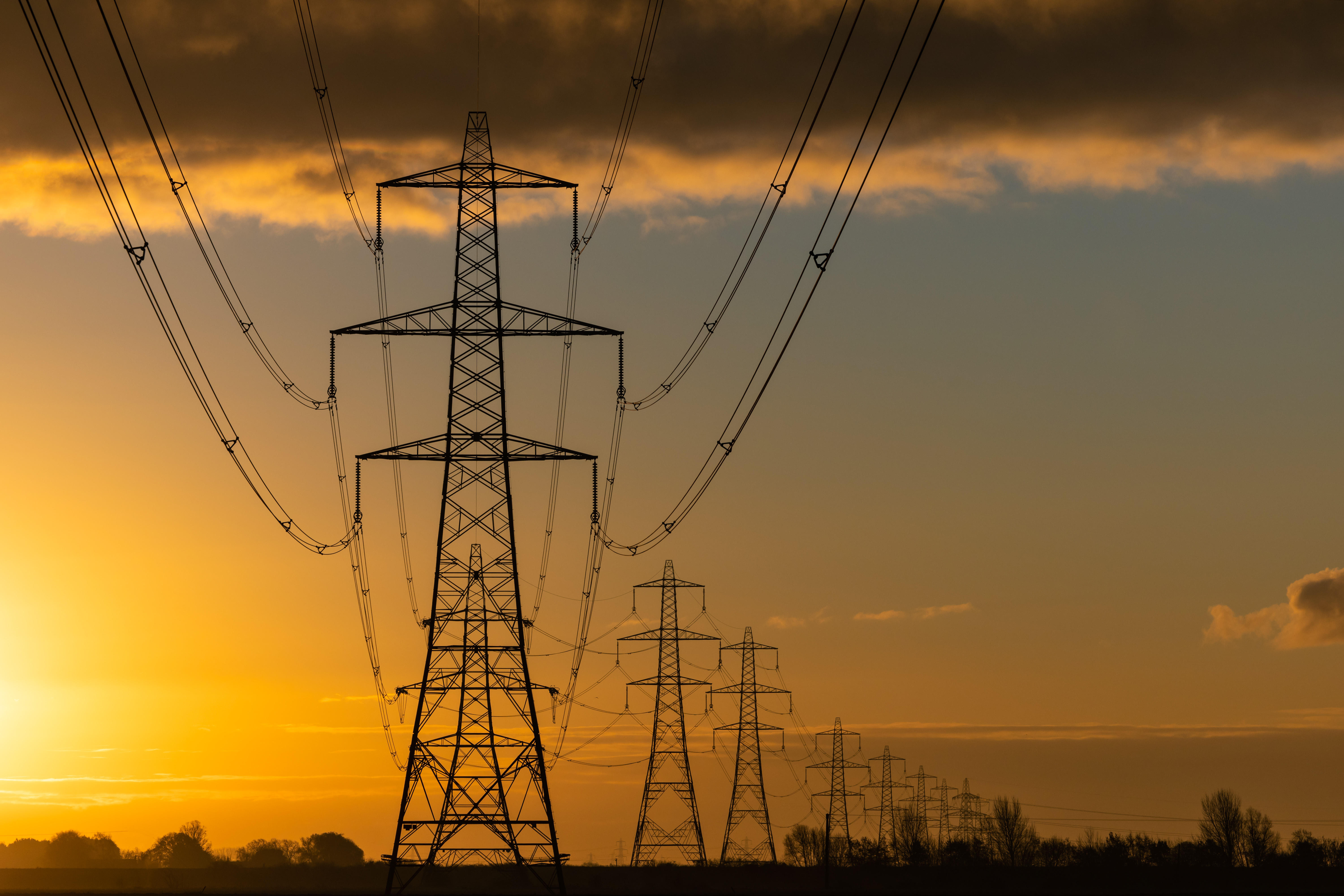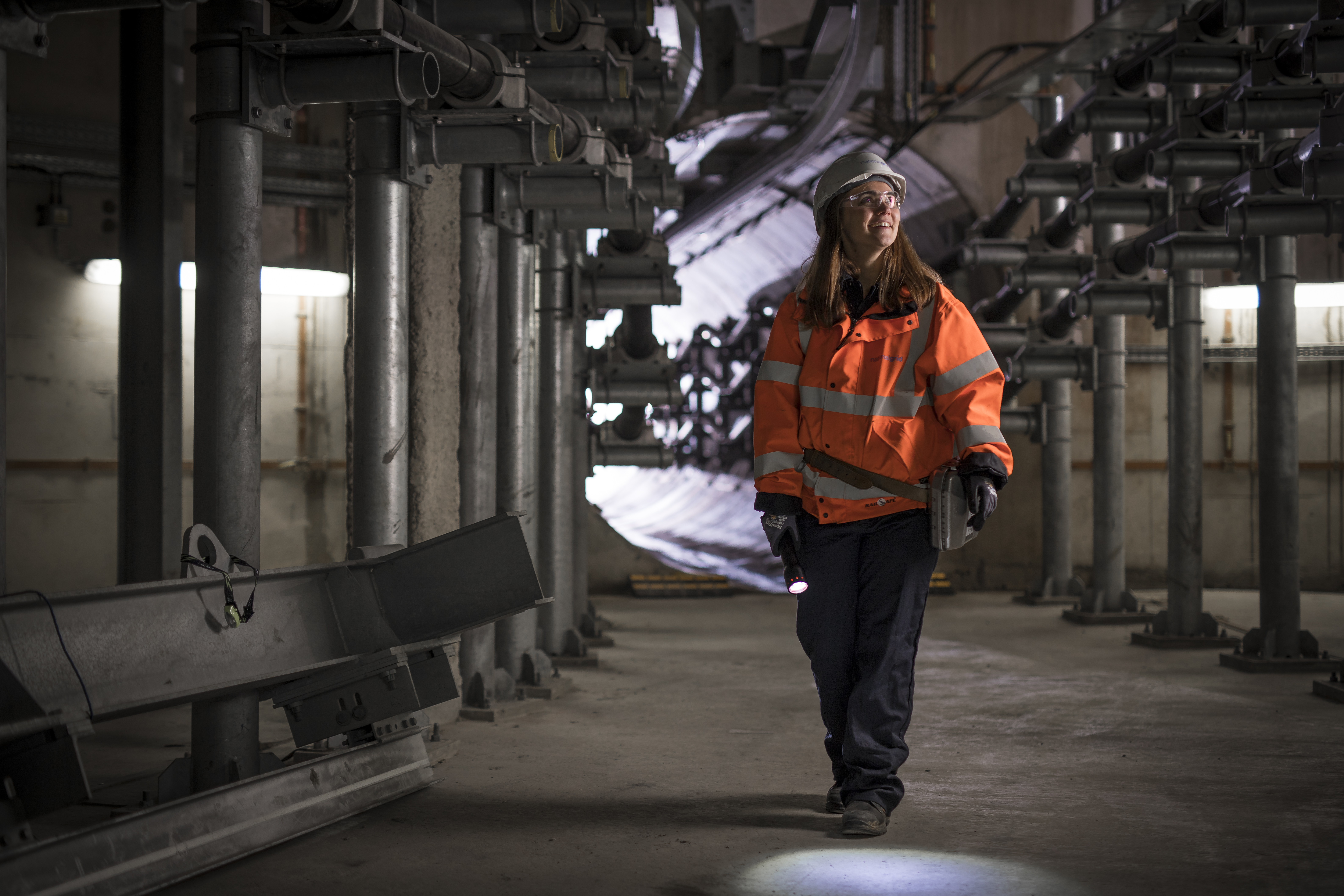Steve Smith, the new head of National Grid Partners, has shifted focus to technologies that directly impact the operation of the power grid.

National Grid has restructured its venturing arm and is bringing the startups it invests in closer to its core operations, as it grapples with the need to modernise the power grid amid the energy transition.
The electricity and gas provider wants to get startups collaborating with its business units much faster.
“We’re trying to get them to the point where we can get pilot projects up and running in a matter of 10 to 12 weeks,” says Steve Smith, president of National Grid Partners (NGP), the company’s investment arm. It is notoriously hard for startups to navigate the legal processes of utility companies. Left to their own devices, Smith says, it can take them 12 or 18 months to get through the process.
NGP has also streamlined its investment focus to technologies that directly impact the operation of the grid and help customers manage the energy transition. National Grid is coming under pressure from regulators in its home country of the UK over the time it is taking to connect new renewables to the grid. Ofgem, the UK energy regulator, has said urgent reform of the connections system is needed.
Smith was already National Grid’s head of strategy, innovation and market analytics, but recently took over as president of NGP, replacing Lisa Lambert, who founded the unit in 2018. He says NGP invests tens of millions of dollars each year in startups, and that the National Grid Group has invested around $460m to date.

Faster partnerships with startups
“Utilities are not easy to deal with for startups, nor are most large corporates,” Smith (above) says. “We have all kinds of restrictions about how we can procure, which makes sense because we’re a utility and we have to avoid improper relationships and things like that.
“What that means is for the typical startup, our procurement process and the kind of legal documents we’d ask them to sign, the securities and guarantees, would crush them and they wouldn’t be able to sign up.”
Part of the solution is a dedicated business development team led by NGP vice-president Brett Chandler that helps portfolio companies get through the process of signing on with the company more quickly so their products can be tested by one of its business units.
The idea is to prove the efficacy of a startup’s technology before scaling it across the unit in question, and then expanding its usage from the US, where NGP is headquartered, to the UK, where its parent company has much of its operations, or vice versa. The next step is to help them expand internationally, which is where the NextGrid Alliance (NGA) comes in.
NGA is a collection of some 100 worldwide utilities and was formed by NGP to discuss experiences and solutions and share knowledge. It held its first meetings in 2020 and while there are working groups dedicated to issues like net zero transition and cybersecurity, the largest group focuses on corporate venture capital. That means there is a ready route for portfolio companies to internationalise.
“Global warming is a global problem – there’s no point us decarbonising our networks and achieving net zero in the UK and the Northeast US if no one else does it”
“We allow them to deploy quickly with us, prove themselves and then scale across our networks, which gives them significant business because we’re a major global player,” Smith says. “But we can also get them in front of major utilities across the world quickly, hopefully to help them be successful there.
“Because global warming is a global problem – there’s no point us decarbonising our networks and achieving net zero in the UK and the Northeast US if no one else does it. So, we have a vested interest in these companies if they’re able to successfully deliver that globally, as well as a financial interest.”
The move to a more streamlined investment plan
NGP’s investment strategy now concentrates less on power generation or decarbonisation and has been consolidated in four pillars: technologies that can help transform the electricity grid to one more heavily based on renewable energy, ways to help customers manage that transition fairly and affordably, methods of decarbonising gas networks, and products that use technologies like artificial intelligence, robotics, cloud and edge computing to strengthen operations.
NGP is still interested in some of the new innovations in energy. For example, it has a stake in Modern Hydrogen, which uses methane pyrolysis to convert natural gas to hydrogen. But Smith is skeptical about the immediate applicability of some of the edge energy technologies to National Grid.
“Whether carbon capture is direct air-based, sea-based or sequestration, it’s hugely interesting and could be part of the mix,” he says. “But the real challenge is that nobody has really deployed at scale yet, so the economics will remain a bit murky until someone does. There are things that have been done in Norway, and there are a few projects in the US, but nobody’s really got it going at a scale that would make you believe the economics are compelling.
“I’d put fusion in the same bracket – it’s pretty much been 20 years away my whole life going back to being a 15-year-old at school. But there’s serious money going in, and for me the big difference these days is that a lot of that is private money. Historically, all the fusion research was publicly funded, but you’re now seeing billions of dollars going in through private investment.”

Conversely, there are more generalised parts of the tech scene that do fit NGP’s core aims. Innovations in robotics could help automate some of the more dangerous jobs when it comes to building and maintaining transmission lines, and AI may make sure they’re designed more efficiently in the first place.
“Our aim is to drive through a lot of the conservatism you naturally get in network companies, and say: ‘Look, we’ve got AI tools for vegetation management. The biggest things that take down your power distribution lines are storms and trees, and it turns out modern high-resolution satellite imagery with AI is really good at telling you exactly where you need to cut back and where trees can bring down your lines if you don’t,’” says Smith.
“There is loads of exciting stuff around predictive maintenance. A lot of our maintenance schedules are built around condition or age of assets rather than using AI and sensors to detect when those assets actually need an intervention. There’s a huge amount we can do with AI in areas like planning routes.”
A focus on follow-ons
Smith expects that NGP will take part in more follow-on funding rounds for its existing portfolio, rather than new investments. The current VC bear market means even its more successful startups are struggling to find new backers, but for National Grid cannot wait for those breakthrough technologies to reach maturity on their own.
“The role of network companies is a lot clearer and so the innovation needs are a lot clearer as well”
“Historically, when building large network assets, the distribution and transmission levels have been painfully slow,” he says. “So, we have to do it quicker, smarter and, really importantly, cheaper as well because we also need to keep it affordable for customers.
“When NGP was set up I think there was a lot of uncertainty around what the role of utilities in the transmission system was going to be. Now, it’s a lot clearer we are going to move transport to electric and a lot of heating to electric. Therefore, the role of network companies is a lot clearer and so the innovation needs are a lot clearer as well.”









